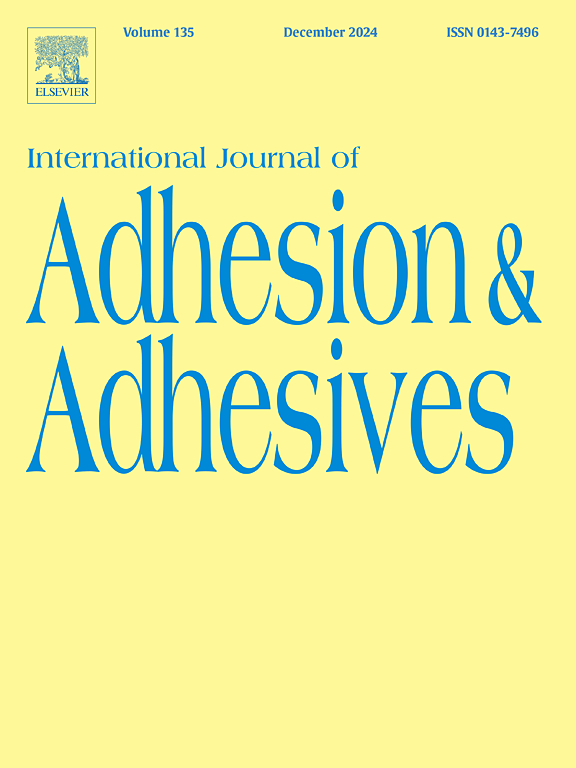The properties of Cross Laminated Timber (CLT): A review
IF 3.2
3区 材料科学
Q2 ENGINEERING, CHEMICAL
International Journal of Adhesion and Adhesives
Pub Date : 2024-12-13
DOI:10.1016/j.ijadhadh.2024.103924
引用次数: 0
Abstract
Cross laminated timber (CLT) is a structurally efficient construction material that has gained widespread recognition for the possibility of quick assembly. This review paper enquires into the crucial factors that influencing the bonding and mechanical properties of CLT, with a focus on optimizing its performance. The bonding properties are examined, emphasizing the types of adhesives used, adhesive spread rate and clamping pressure during the manufacturing process. These factors significantly impact the integrity and durability of the CLT structure. The mechanical properties, another critical aspect of CLT, are explored in detail. The review explores the relationship of various factors such as wood density, anatomical properties, wettability and surface roughness, shedding light on their profound influence on the overall structural performance of CLT. The long-term performance of adhesive and durability of CLT are also discussed. Understanding and effectively managing these factors are imperative in ensuring the reliability and effectiveness of CLT as a construction material. By providing a comprehensive overview of the factors affecting CLT properties, this review aims to guide researchers, engineers, and industry professionals in optimizing the manufacturing processes and design considerations. Ultimately, a thorough understanding and management of these factors will contribute to the continued evolution of CLT as a sustainable and reliable solution for modern construction.
求助全文
约1分钟内获得全文
求助全文
来源期刊

International Journal of Adhesion and Adhesives
工程技术-材料科学:综合
CiteScore
6.90
自引率
8.80%
发文量
200
审稿时长
8.3 months
期刊介绍:
The International Journal of Adhesion and Adhesives draws together the many aspects of the science and technology of adhesive materials, from fundamental research and development work to industrial applications. Subject areas covered include: interfacial interactions, surface chemistry, methods of testing, accumulation of test data on physical and mechanical properties, environmental effects, new adhesive materials, sealants, design of bonded joints, and manufacturing technology.
 求助内容:
求助内容: 应助结果提醒方式:
应助结果提醒方式:


